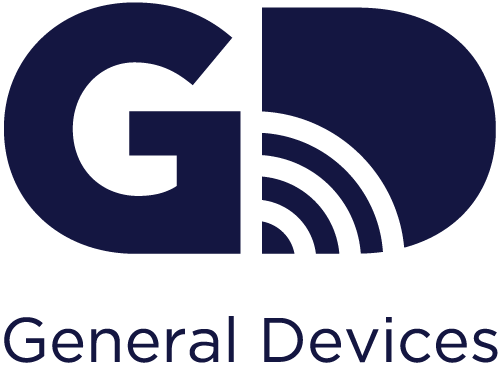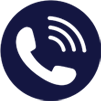Why Medical Interpreters are Important in Patient Care
Why Medical Interpreters are Important in Patient Care
The United States is becoming even more diverse with the languages we speak. Today, more than 25 million Americans speak poor English, according to the U.S. Census Bureau. This effect is felt especially in healthcare, where communication and language comprehension can directly affect patient safety and satisfaction, as well as all associated risks and costs involved.
When a patient has limited ability to speak English, it’s nearly impossible for even the most skilled clinician to provide high-quality healthcare services without accurate interpreting performed by trained, qualified and credentialed medical interpreters who have a working knowledge of medical terminology and medical systems.
Among the benefits of video medical interpreters are:
- Improved situation comprehension and patient satisfaction. Better care and compliance, and lower risk of adverse events, decreasing malpractice risk.
- Save time with less cost and fewer errors in communication and documentation.
- Interpreters function as the link between patients and the health system.
- The use of a trained interpreter is associated with significantly shorter hospital stays and reduced 30-day readmission rates.
Eliminating the language barrier between EMS, ED physicians, and patients through a one-stop interpretation communication tool, like GD e-Bridge interpreter, should be part of your emergency and non- emergency workflow. Health care interpreters facilitate communication between patients with Limited English Proficiency (LEP) as well as the Deaf and Hard of Hearing, their physicians, nurses, and other health care providers.
A medical interpreter’s responsibilities are to interpret and translate information for the medical staff and the patient so doctors and nurses can properly address the patient’s symptoms, concerns or questions. Professional medical interpreters understand their role in the healthcare setting, are knowledgeable on medical terminology, and appreciate the delicate balance necessary for interpreting between medical providers and patients.
When family members, friends or staff who are not trained as health care interpreters/translators try to interpret in health care settings, errors in understanding and/or communication are more likely to occur. This often represents a grave risk to the patient and immense liability to the healthcare provider or medical institution.
A study by the American College of Emergency Physicians analyzed interpreter errors that had clinical consequences, finding that “the error rate was significantly lower for professional interpreters than for ad hoc interpreters–12% as opposed to 22%.” This relates to lower quality patient care, higher costs and increased risk.
The last thing you want is an interpreter that does not understand medical terminology. In that case, problems can arise within the communication process between all involved. When time is critical, you don’t want your interpreter to slow down the treatment process as they try to use the proper terminology or stop the workflow to research it.
Partnering with a dependable language access provider, like GD (General Devices), helps to
- Reduce the risk of misunderstanding
- Ensure regulatory compliance
- Maximize reimbursements
- Improve patient satisfaction, thus contributing to the financial health of the institution.
ABOUT GD
GD e-Bridge with Interpreter enables patients, EMS and healthcare providers to truly communicate anywhere, at any time, in any language. Leveraging the extensive mobile telemedicine and telehealth capabilities of the GD e-Bridge mobile app, fast, HIPAA secure video connection to accredited interpreters eliminates the language barrier between patients, EMS, ED physicians, and remote care providers with a simple click.

